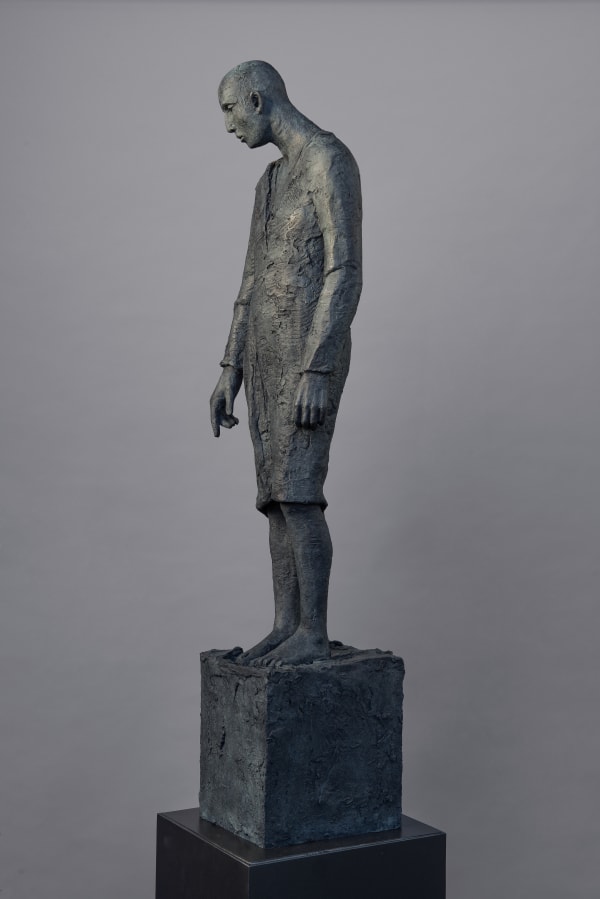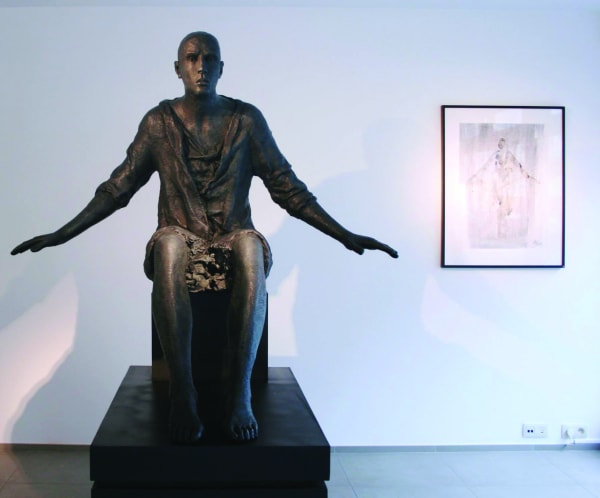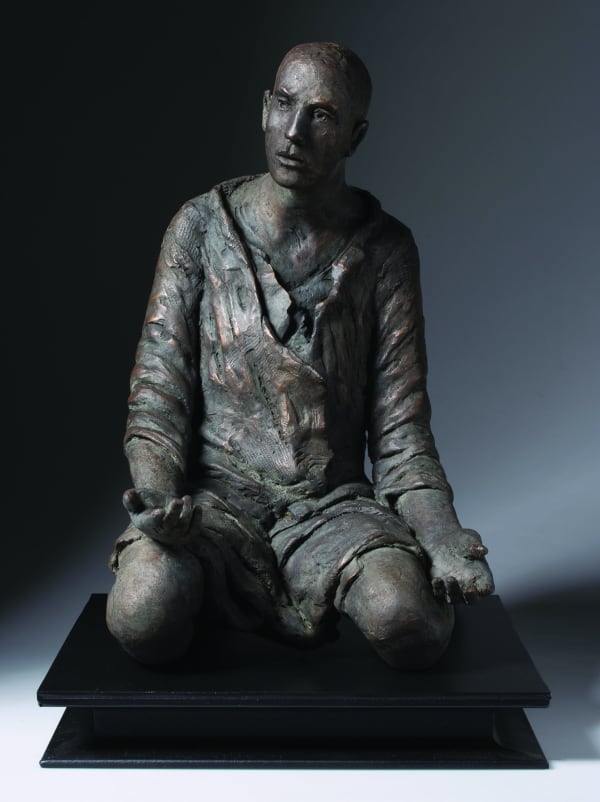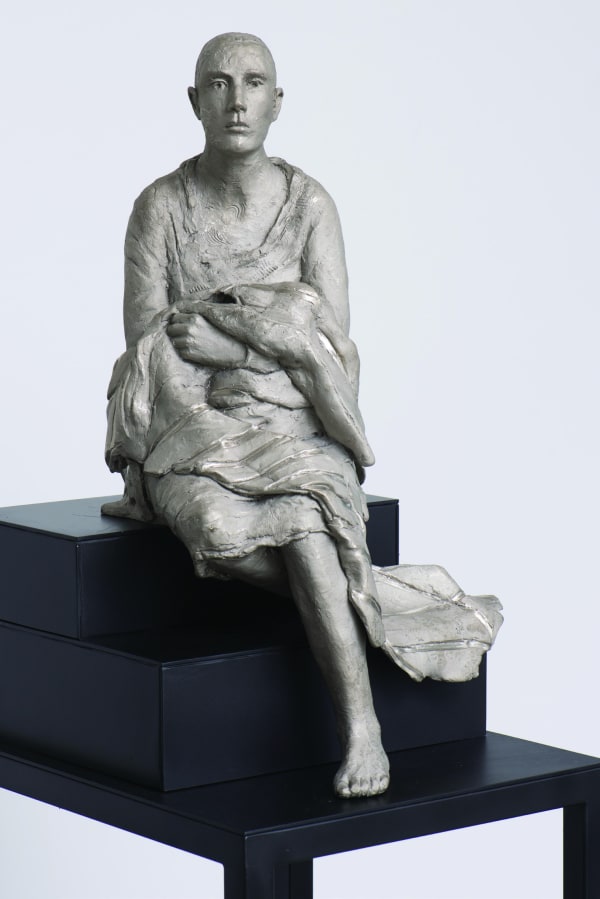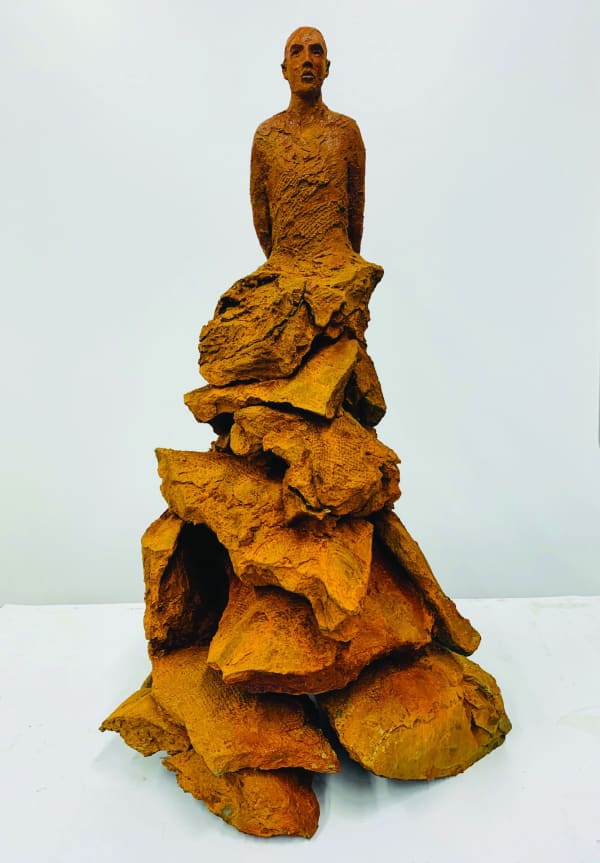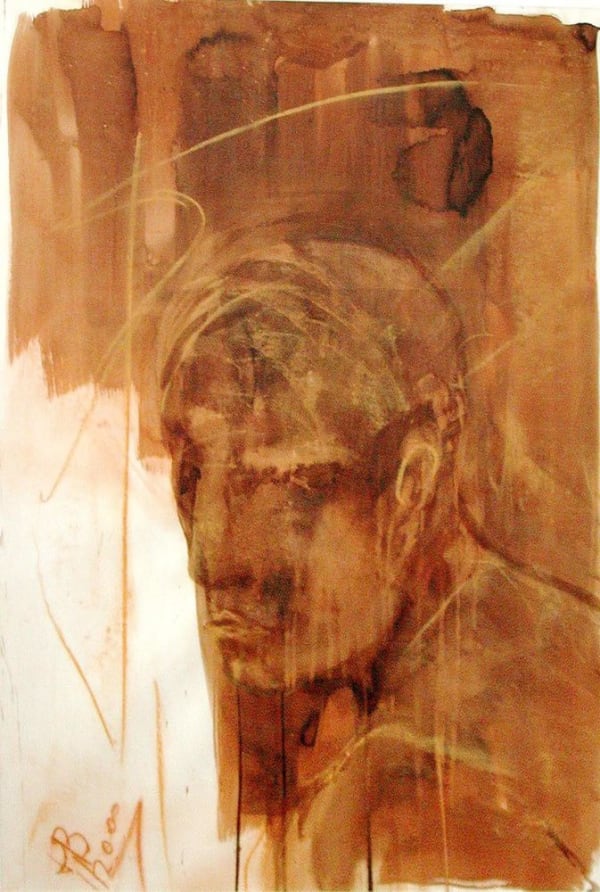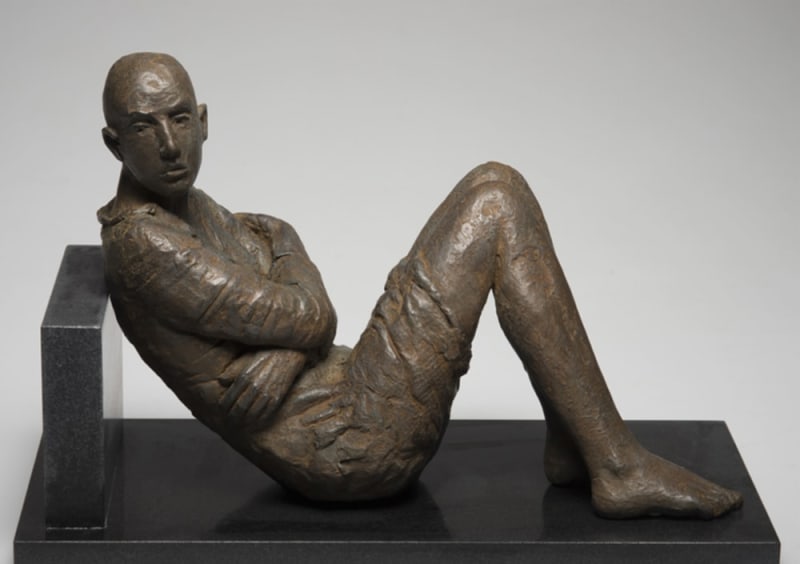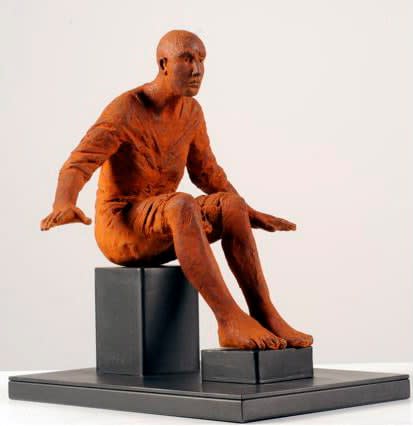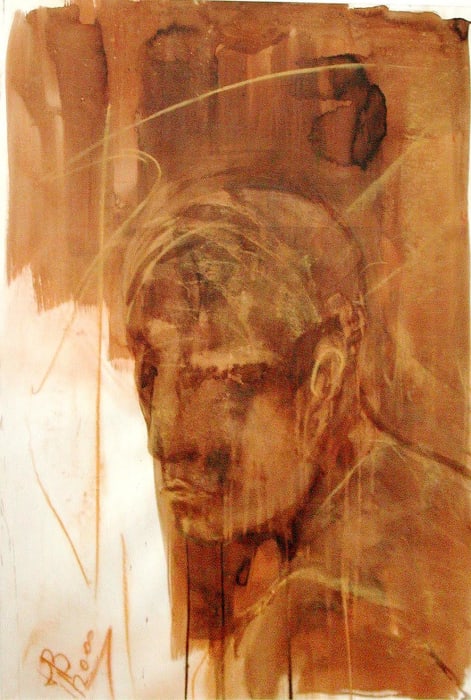Hanneke Beaumont
-
-

Bronze #36, 1996-1997
27 1/2 x 12 1/2 x 19 in., Ed. 8
-

Bronze #69, 2004
9 3/4 x 7 1/4 x 4 in., Ed. 25
-

Bronze #70, 2004
6 3/4 x 4 3/4 x 3 1/4 in., Ed. 25
-

Bronze #71, 2006
10 1/2 x 8 5/8 x 25 1/4 in., Ed. 4
-

Bronze #74, 2005
11 1/2 x 13 x 23 1/4 in., Ed. 4
-

Bronze #75, 2005
9 7/8 x 7 7/8 x 9 7/8 in., Ed. 25
-

Bronze #81, 2007
46 1/8 x 13 3/8 x 11 3/4 in., Ed. 8
-

Bronze #90, 2008
23 1/4 x 10 1/4 x 12 5/8 in., Ed. 8
-

Bronze #104, 2010
6 3/4 x 14 5/8 x 10 1/4 in., Ed. 25
-

Bronze #108, 2011
39 3/8 x 14 5/8 x 22 in., Ed. 8
-

Bronze #115, 2012
9 5/8 x 7 1/8 x 13 5/8 in., Ed. 8
-

Bronze #118, 2013
55 1/8 x 21 3/5 x 61 in., Ed. 6
-

Bronze #119, 2014
38 1/8 x 11 x 11 in., Ed. 8
-

Bronze #121, 2014
57 1/2 x 62 9/10 x 46 1/2 in., Ed. 6
-

Bronze #127, 2014
17 5/8 x 9 3/8 x 8 1/4 in., Ed. 8
-

Bronze #128, 2015
15 3/4 x 10 1/4 x 13 in., Ed. 8
-

Bronze #130, 2016
63 2/5 x 30 7/10 x 30 7/10, Ed. 6
-

Bronze #131, 2015
53 1/2 x 13 3/4 x 24 3/8 in., Ed. 8
-

Bronze #132, 2016
14 1/5 x 9 x 5 1/2 in., Ed. 50
-

Bronze #134, 2017
23 3/5 x 15 3/4 x 15 3/4 in., Ed. 8
-

Bronze #135, 2017
14 1/2 x 15 3/4 x 31 1/2 in., Ed. 8
-

Bronze #141, 2018
19 7/10 x 6 7/10 x 11 in., Ed. 8
-

Bronze #142, 2018
19 7/10 x 6 7/10 x 11 in., Ed. 8
-

Bronze #145, 2019
15 3/10 x 6 x 8 in., Ed. 25
-

Bronze #146, 2020
28 3/10 x 11 4/5 x 18 9/10 in., Ed. 8
-

Bronze #147, 2020
22 4/5 x 16 1/2 x 17 7/10 in., Ed. 8
-

Bronze #148, 2020
19 7/10 x 11 4/5 x 11 4/5 in., Ed. 8
-

Bronze #149, 2021
29 1/2 x 12 9/10 x 21 3/5 in., Ed. 8
-

Bronze #150, 2021
18 9/10 x 6 7/10 x 13 2/5 in., Ed. 8
-

Cast Iron #46, 2000
74 3/4 x 22 x 35 1/2 in., Ed. 4
-

Cast Iron #122, 2014
27 4/25 x 45 1/4 x 20 in., Ed. 8
-

Cast Iron #125, 2014
23 3/5 x 9 4/5 x 14 1/2 in., Ed. 8 (installation dimensions: 23 3/5 x 59 4/5 x 14 1/2 in.)
-

Cast Iron #126, 2014
23 3/5 x 14 1/2 x 13 3/4 in., Ed. 8
-

Cast Iron #133, 2017
22 4/5 x 13 2/5 x 12 9/10 in., Ed. 8
-

Cast Iron #136, 2017
18 1/10 x 5 9/10 x 8 1/4 in., Ed. 8
-

Cast Iron #138, 2017
15 3/4 x 16 9/10 x 7 7/8 in., Ed. 8
-
-
Overview
"Her figures - pensive, draped in unidentifiable clothing - sit or stand on foundations that depict no age, speaking to us in the universal language of the human condition."
The mesmerizing sculptures of Belgian artist Hanneke Beaumont marry the classical values of the human body as artistic expression with the principles of 20th century abstraction. Her androgynous, quietly powerful figures, presented in terra cotta and bronze invite the viewer to contemplate them as they contemplate us. There is in Beaumont's world a unique tension between feminine and masculine, nature and culture, modernity and classicism that makes her sculptures appear at once timeless and contemporary. Her figures - pensive, draped in unidentifiable clothing - sit or stand on foundations that depict no age, speaking to us in the universal language of the human condition. Most of her works are untitled, in keeping with the artist's desire not to project ideas but to allow the viewer to form his or her own interpretations. Over the past 15 years Beaumont has increasingly been regarded as one of the world's most compelling sculptors.
-
Biography
"Who are we? What are we? Where are we going?"
Man’s perennial questions are echoed by Hanneke Beaumont’s work, but she also raises more specifically contemporary. Many of her figures appear neither male nor female, neither young nor old. They do not appear as portraits of particular individuals, nor are they modeled after idealized human forms. Physically, they are approximations of human beings, and as such, they provide a way to consider, from a distance, general ideas about the nature of the human race.
Their positions are not aggressive or provocative, but neither are they resigned. Fragile but strong, motionless but ready to move, these figures seem in a weightless spatial equilibrium - their human character tied to a string of thought. Dressed in timeless "clothes", partly structured material, intertwined with the body, they defy our perception without shocking our sensibility.
Hanneke Beaumont was born in Maastricht, Netherlands. After studying in the U.S., she returned to Europe and came to Belgium. Beaumont started her artistic studies at the académie des Arts de Brainel’Alleud, then moved on to sculpture at the Ecole Nationale Supérieure de La Cambre and at the Hogere Rijksschool voor Beeldende Kunsten in Anderlecht. She had her very first solo show in 1983. An important turn in her career happened in 1994 when she was awarded, for her sculpture group "Le Courage", the major award of the Centre International d’Art Contemporain Château Beychevelle. Shortly after, she participated in the second Exposiciòn Internacional de Esculturas en la Calle, organized by the Colegio de Arquitectos de Canarias in Santa Cruz de Tenerife, where her work was permanently installed. In 2005, the Museum Beeldenaan Zee in The Hague presented an important retrospective of her work. In 2011, after artists such as Botero, Pomodoro, Mitoraj or Folon, Hanneke Beaumont was awarded the "Premio Pietrasanta e la Versilianel Mondo" award.
The year 2013 was marked by two major Museum shows in the USA, first at the Frederik Meiers Gardens & Sculpture Park in Grand Rapids (Michigan), later at the Baker Museum in Naples (Florida). After spending most of her adult life in Belgium, the artist has now returned to her home country and shares her worktime between Middelburg (Netherlands), where in 2015 she acquired a XVIIth century warehouse as a studio, and Pietrasanta (Italy). In Brussels, Beaumont's emblematic sculpture, titled "Stepping Forward" (height: 6m) is installed in front of the headquarters of the EU Council.
Present in numerous public and private collections, Hanneke Beaumont today enjoys an international reputation while her work is exhibited worldwide: in the US, Canada, UK, Europe and more recently Asia and India.












